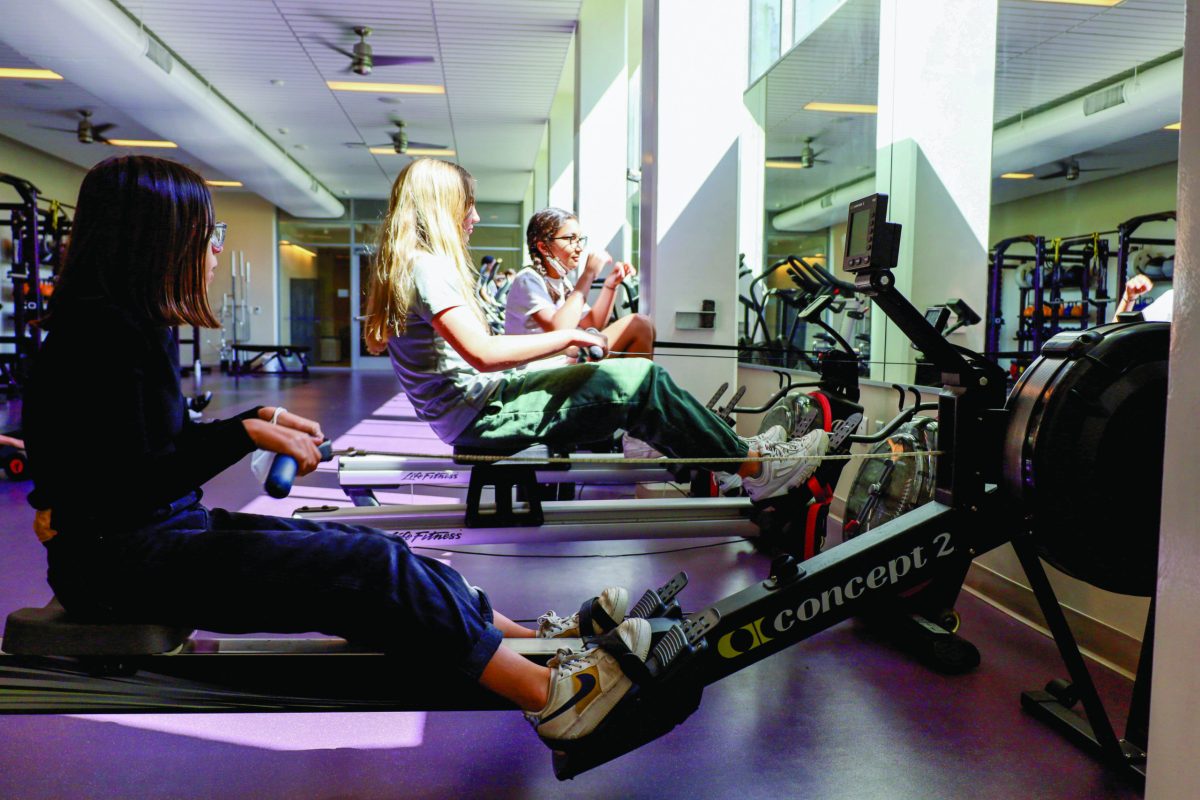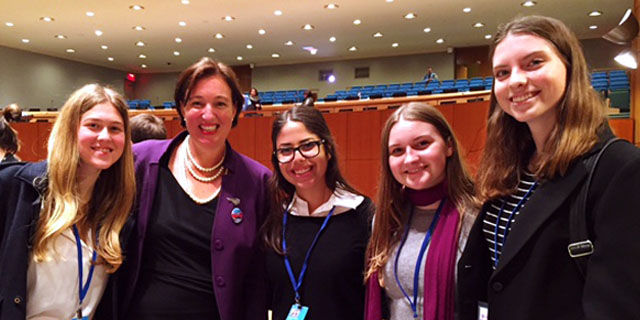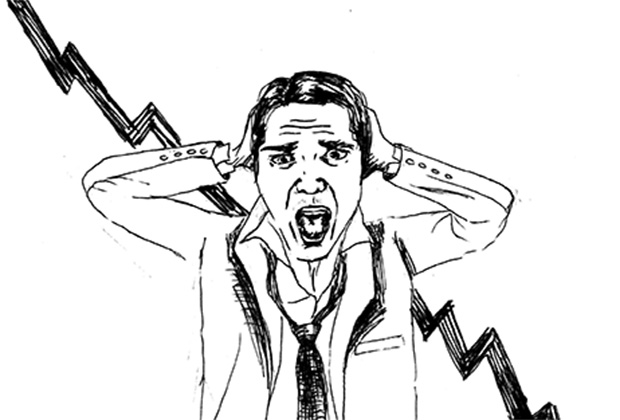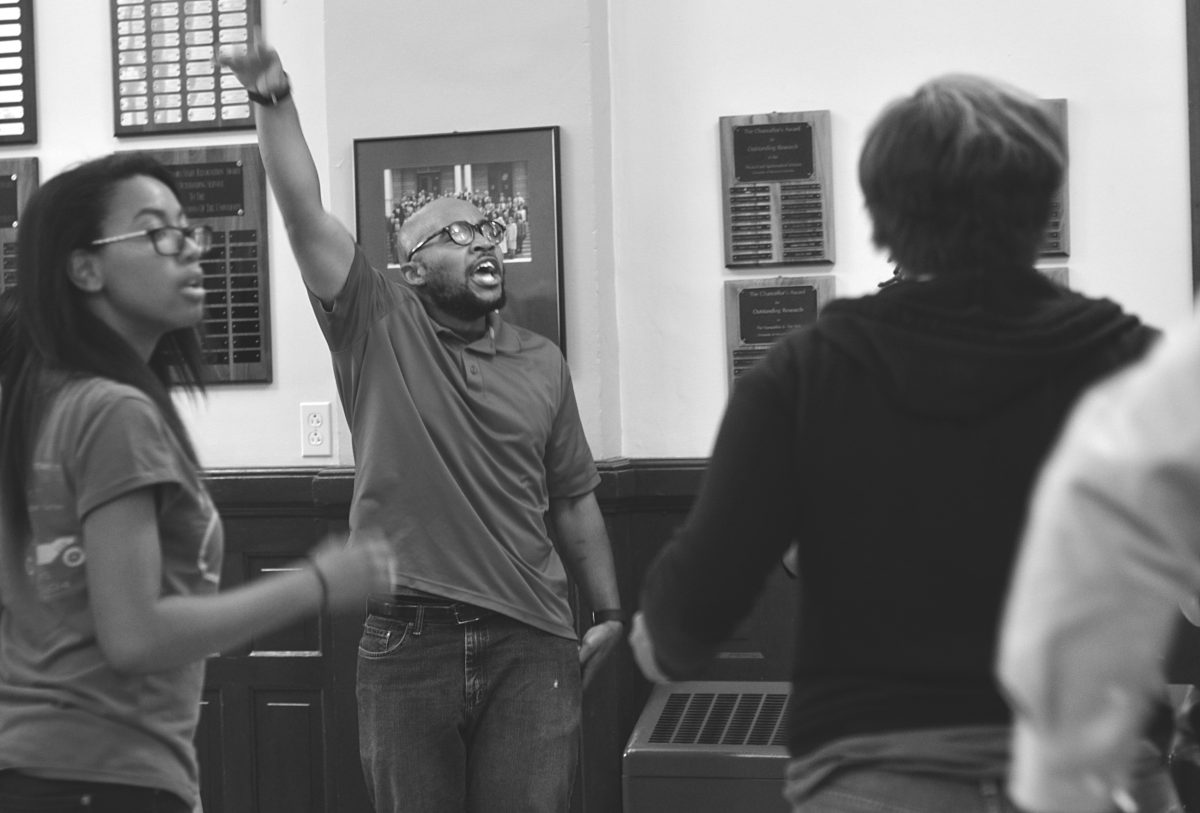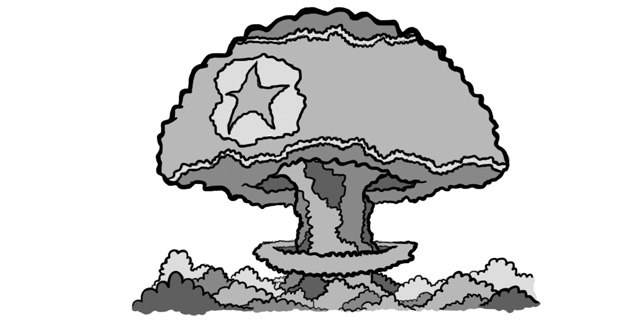
Hundreds of thousands of migrants entered the European Union over the summer, fleeing largely due to Middle Eastern and African civil wars, as well as the rapid growth and spread of terrorism. European countries are now facing an unprecedented dilemma, as the number of refugees and asylum seekers increase exponentially.
“Many commentators have said that this is the worst crisis to hit Europe since World War II, and I think that is probably fair,” head of special projects and history instructor Cathy Atwell said.
According to Carol J. Williams of the Los Angeles Times, the majority of these asylum seekers are Syrian refugees, who are trying to escape a five-year civil war that has ravaged their country. Afghans and Somalis also constitute a large number of migrants, as they too seek sanctuary in order to be freed from their own regional conflicts and civil wars. In combination, these three groups make up approximately fifty percent of the migrants who have escaped to Europe.
The journey to Europe is a perilous one for these refugees. The United Nations has cited that approximately 2,600 people have died while attempting to cross the Mediterranean Sea due to the harsh conditions of packed cargo ships or because the vessels that they travel in are inadequate and often capsize or deflate. In late August, an abandoned car with 70 dead refugee bodies was found on the side of a highway in Austria, making European officials and people around the world question whether Europe should be providing more safe travel options and protection for these migrants. In addition, a photo featured in the Washington Post of a young, Syrian boy washed up onto a Turkish beach after drowning during his attempted journey evoked international horror and sympathy.
The unstable economy and infrastructure of southern Greece and Italy, where refugees originally land, have complicated the problem; similar issues in Croatia, where they head after landing in Europe, have also made the journey particularly difficult.
In her article, Williams also explained why this situation has reached crisis proportions; thirty years ago, the European Union decided to allow the free movement of citizens between E.U. countries with the goal of creating economic prosperity and regional unity. Despite these ideals, recent responses to the wave of migration have been varied, both in Europe and the world.
“Europe doesn’t have a great track record of assimilating migrants from other parts of the world. Certainly, they don’t have as much experience with that as we do in the U.S. But, I do think that Europe has the ability to absorb quite a few, and I really admire those leaders who have stepped up to acknowledge the severity of the humanitarian crisis and to help those migrants who are the most vulnerable,” Atwell said.
Williams notes that Germany has been a leader in accepting migrants thus far, while other European Union members, such as Hungary and the Czech Republic, have struggled with the large influx of migrants and as a result are taking steps to limit the number of people flowing across their borders. Hungary and Bulgaria are currently building border fences in an attempt to keep migrants out. In addition, Spain has opposed refugee quotas and has taken in the smallest percentage of migrants.
According to the Associated Press in an article about what has been done to alleviate the migrants’ burden, the European Union decided on Sept. 22 on a resettlement plan that it hopes will alleviate the burden on E.U. member states while still allowing asylum seekers to escape the human rights atrocities of which they were victims. The plan states that a total of 120,000 people, who are in dire need of international assistance that will arrive in Italy, Greece, or other E.U. nations will be relocated within the Union. The European Union is offering subsidies to governments for each migrant an E.U. country accepts.
The issue is on the minds of many people all over the world, including Marlborough girls.
“It’s paralleled a lot with America and its immigration laws, so it is interesting to learn about Europe’s responses to immigration,” Lindsay Johnson ’16 said.
Atwell agrees that “It mirrors the debate that we have been having in the United States about migrants and assimilation;” however she notes “the difference is that there really is not the same crisis in the United States although it certainly gets hyped up that way in the presidential debates.”

